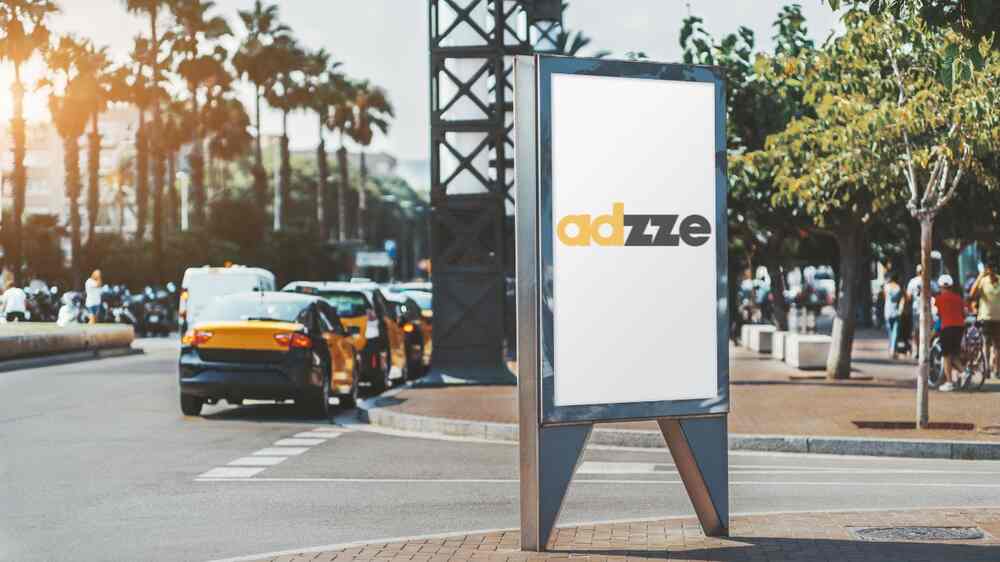
Location-Based Marketing: Elevate Your Trade Show Strategy
Have you ever walked into an event and received a perfectly timed promotion on your phone that felt like it was speaking directly to you? That’s the magic of location-based marketing, specifically through the use of geofencing. In today’s crowded





